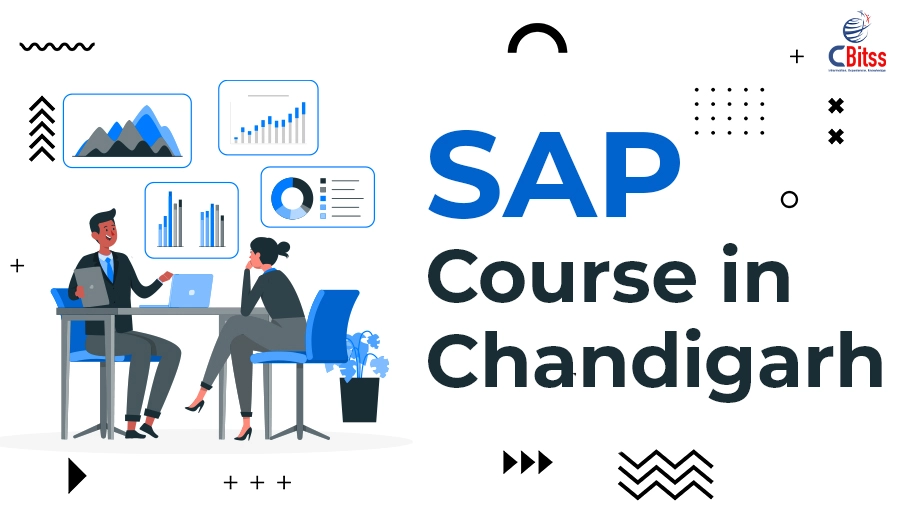What is the basic concept of SAP?
One of the most popular enterprise resource planning (ERP) software suites is called SAP, which stands for Systems, Applications, and Products in Data Processing. The basic concept of SAP revolves around providing integrated solutions to support business processes, enhance efficiency, and facilitate information flow within organizations. Here are key concepts associated with SAP:
Enterprise Resource Planning (ERP)
SAP is primarily known for its ERP software. ERP systems combine different organizational business operations and procedures onto a single, cohesive platform. This includes areas such as finance, human resources, supply chain management, manufacturing, and more.
Integrated Modules
SAP ERP consists of various integrated modules, each catering to specific business functions. Common modules include:
SAP FI (Financial Accounting): Manages financial transactions, accounting, and reporting.
SAP CO (Controlling): Supports management accounting and internal reporting.
SAP HR (Human Resources): Manages employee-related processes such as payroll and workforce management.
SAP MM (Materials Management): Handles procurement and inventory management.
SAP SD (Sales and Distribution): Manages sales, customer orders, and distribution.
SAP PP (Production Planning): Supports manufacturing and production processes.
SAP BW (Business Warehouse): Provides business intelligence and data warehousing capabilities.
Centralized Database
SAP systems utilize a centralized database to store and manage data. This enables real-time data access, consistency, and accuracy across different business functions.
Real-Time Processing
SAP emphasizes real-time processing, allowing organizations to make informed decisions based on up-to-date information. This is crucial for improving operational efficiency and responsiveness.
Modular Structure
The modular structure of SAP allows organizations to implement specific modules based on their business needs. This modular approach makes it scalable and adaptable to different industries.
SAP HANA (High-Performance Analytic Appliance)
SAP HANA is an in-memory database and application platform that enhances the speed and performance of SAP applications. It enables real-time analytics, data processing, and simplifies data management.
User Interfaces
SAP provides various user interfaces, including the traditional SAP GUI (Graphical User Interface) and more modern interfaces like SAP Fiori. Fiori focuses on providing a user-friendly and responsive design for better user experience.
Customization and Configuration
Organizations can customize and configure SAP to meet their specific business requirements. This flexibility allows businesses to tailor the system to their unique processes.
Global Reach
SAP is designed to meet the needs of global organizations. It supports multiple languages, currencies, and legal requirements, making it suitable for companies operating in diverse regions.
Security and Authorization:
SAP incorporates robust security features to protect sensitive data. Authorization mechanisms ensure that users have access only to the information and functions relevant to their roles.
SAP ECC vs. SAP S/4HANA
SAP S/4HANA is the next-generation ERP suite that builds upon the previous SAP ERP Central Component (ECC). It leverages in-memory computing, cloud capabilities, and a simplified data model for enhanced performance and efficiency.
In summary, SAP training in Chandigarh It is a comprehensive ERP solution that streamlines business processes, promotes integration, and supports informed decision-making. Its modular structure, real-time processing, and global capabilities make it a widely adopted solution across various industries.
How can I learn SAP by myself?
Learning SAP on your own is certainly possible, but it requires dedication, self-discipline, and access to learning resources. Here’s a step-by-step guide to help you learn SAP independently:
Understand the Basics
Familiarize yourself with the basic concepts of SAP, including what an ERP system is and the modules that SAP offers. Understand the role of SAP in streamlining business processes.
Choose a Module
SAP offers various modules, such as SAP FI (Financial Accounting), SAP MM (Materials Management), SAP SD (Sales and Distribution), and more. Choose a module based on your interests, career goals, or the needs of your current or future job.
Set Up a Learning Environment
Create a learning environment by setting up SAP software. You can explore SAP’s official trial version, which is available for certain modules. Additionally, some learning platforms and institutes provide access to SAP systems for practice.
Access Online Learning Platforms
Explore online learning platforms that offer SAP courses. Some popular platforms include:
SAP Learning Hub: SAP’s official learning platform that provides access to a wide range of training materials, courses, and certification exams.
Udemy: Offers a variety of SAP courses, including both introductory and advanced levels.
LinkedIn Learning: Provides SAP courses covering different modules and skills.
Read SAP Documentation and Guides
Access official SAP documentation and guides available on the SAP website. The documentation provides in-depth information about SAP modules, functionalities, and configuration.
Watch Video Tutorials
Video tutorials can be a valuable resource for visual learners. Platforms like YouTube and educational websites often have SAP tutorials covering various topics.
Join SAP Forums and Communities
Engage with the SAP community by joining forums and online communities. Websites like SAP Community (formerly known as SAP SCN) allow you to ask questions, participate in discussions, and learn from experienced SAP professionals.
Practice in a Sandbox Environment
Practice is crucial for mastering SAP. Use a sandbox environment to apply what you’ve learned. Experiment with SAP transactions, configurations, and data entry to gain hands-on experience.
Read Books and E-Books
Explore SAP-related books and e-books that cover specific modules or aspects of SAP. Books can provide in-depth knowledge and serve as reference materials.
Take Online Courses and Certifications
Enroll in online courses that offer structured learning paths and hands-on exercises. Some courses also prepare you for SAP certifications. Platforms like Coursera, edX, and OpenSAP offer SAP courses.
Attend Webinars and Events
Stay updated with the latest SAP trends by attending webinars, virtual events, and conferences. These events often feature experts who share insights and best practices.
Build a Portfolio
Document your learning journey by building a portfolio. Showcase the projects you’ve worked on, certifications earned, and any practical experience you’ve gained.
Networking
Network with other SAP learners and professionals. LinkedIn can be a valuable platform for connecting with SAP experts, joining groups, and staying informed about industry updates.
Remember, learning SAP course in Chandigarh It is a gradual process, and patience and consistent practice are key. As you progress, consider pursuing official SAP certifications to validate your skills and enhance your credibility in the job market.
Read more article:- Techtimez










